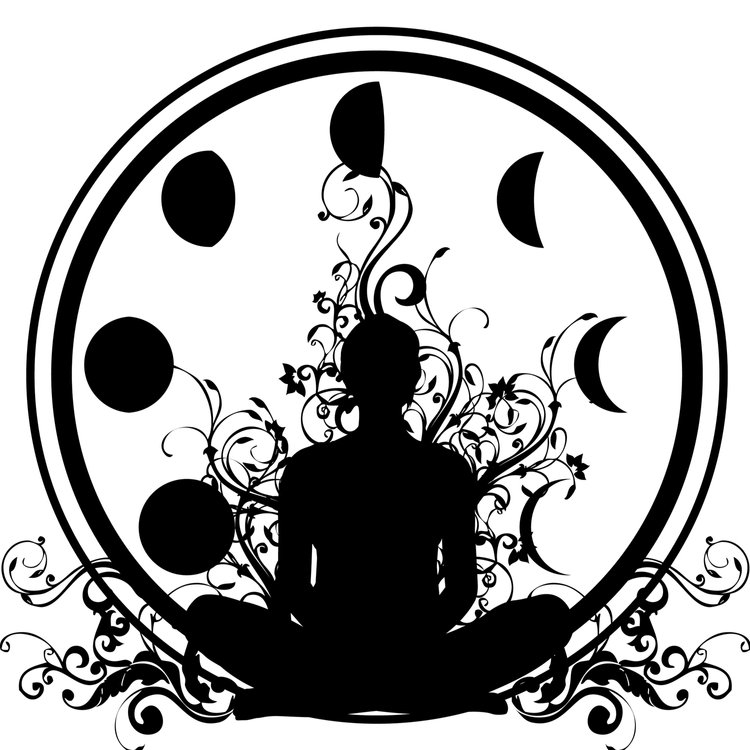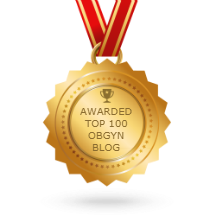We think of cosmetics as luxurious little compounds we use externally to improve our appearance. But they are mixtures of chemicals of which we should be aware. We place them on our skin, eyes and near our mouths, and may not realize that they could have potential health impacts. We also store them in our homes where they could be obtained by little ones who may use them in unsafe ways.
This week’s post deals with these concerns. To explore this complicated area, I have researched on two main site, fda.gov, i.e. the Food and Drug Administration, and breastcancerfund.org. They both make the following strong recommendation: To read the labels of any products you buy. They advise us to know what these ingredients are, and to look them up on FDA.gov if there are any concerns. They also state that products with unlisted ingredients should not be used.
FDA site
http://www.fda.gov/Cosmetics/default.htm
The FDA site is rather comprehensive so I will not attempt to reconstruct or summarize it here. Instead, I will highlight some points that I felt were noteworthy.
FDA.GOV states that “ FDA regulates products that we think of as “makeup” –such as lipstick, blush, foundation, face powder, eye shadow eye liner, and mascara--as cosmetics under the Federal Food, Drug, and Cosmetic Act.” The FDA pays particular attention to color dyes used in cosmetics. Coal-tar based dyes are common in hair dye. They are known to cause eye injuries or allergic reactions. However, the FDA cannot take action against them since the package insert provides instructions and discloses this risk.
Hair straighteners are also a concern. Some can release formaldehyde.The FDA advise avoiding exposure to formalin, methylene glycol or formaldehyde.
“ Progressive dyes” are hair dyes which produce the desired color change after repeated use. They contain lead acetate - made for external use only and are unsafe to have around children due to the risk of lead poisoning.
Mascara is associated with a significant number of complications. Apparently eye injuries are a common result of mascara application while moving, i.e. while one is in the car. Mascara can also cause infection or irritation. It should be thrown out after three months or if the eyes get infected or inflamed. Mascara is not to be shared, even with friends or relatives. Bacteria which may be friendly to you may cause problems in someone else.
Do not use Kohl, aka al-kajal, kajal, or summa. Kohl is a traditional dark black eye decoration in many areas of the world but is not approved for use in the US. It consists of salt and heavy metals (! ) such as lead. It is linked to lead poisoning. I remember when this was in vogue in the 70s.
Permanent tints and dyes for eyebrow and lashes have caused serious injuries. Those containing coal tar colors are not safe for use. Makeup experts advise against eyebrow pencils anyway, saying that they appear too severe. Additional definition is best achieve with a subtly applied dark eye shadow.
Parabens have been in the news as a suspected undesirable chemical. Parabens are preservatives to guard against microbiological growth. Studies show they are safe at levels up to 25 %. In cosmetics, they are typically used at levels up to 0.3 %. Parabens do have weak estrogen like activity and for this reason a public concern has been raised. However, they are 10,000 to 100,000 less potent than natural estrogen produced in our own body. In the small quantities in which they are used, they are believed to be unlikely to contribute to any cancer risk.
Phthalates are a group of chemicals used in many materials from floor covering to food packaging. They are also used in numerous cosmetics. Their primary use in cosmetics is in hairspray, nail polish and synthetic fragrances. They too are endocrine disruptors, meaning they interact with hormone receptors. The FDA states “ It’s not clear what effect, if any, phthalates have on human health”.They continue to follow this question, but to date “ FDA does not have evidence that phthalates used in cosmetics pose a safety risk. “ However, some people prefer to avoid phthalates until there is more proof of safety. The particular compounds to look for are dibutylphthalate (DBP), dimethylphthalate (DMP) and diethyl phthalate (DEP). DEP is the only phthalate still commonly used in cosmetics.
Talc is a common substance which shows up in baby powder and blush. It is a mined mineral and contains magnesium and silicon. Certain talc has been known to be contaminated with asbestos, which is a known carcinogen. For this reason, since the 1970s, it is purified before use. Pure talc has not been linked conclusively to any cancer, though in the 1970s it was rumored to be linked to ovarian and breast cancer. The IARC ( International Agency for Research on Cancer), which is part of the World Health Organization, has made the following statements about talc:
IARC classifies talc that contains asbestos as “carcinogenic to humans.”
Based on the lack of data from human studies and on limited data in lab animal studies, IARC classifies inhaled talc not containing asbestos as “not classifiable as to carcinogenicity in humans.”
Based on limited evidence from human studies of a link to ovarian cancer, IARC classifies the perineal (genital) use of talc-based body powder as “possibly carcinogenic to humans.”
Breast Cancer Fund
breastcancerfund.org
This organization takes a more conservative point of view than the FDA. They advise avoiding any substance where there is doubt, or a lack of data, and advises reducing the total number of cosmetics altogether. They also advocate for making your own products with nontoxic ingredients from your kitchen.
Their first piece of advice is to avoid synthetic fragrance, as it often contains Phthalates. Additionally many people are sensitive to it. Several people on my staff get an instant headache when they smell strong synthetic perfume.
They urge caution about a products with unsubstantiated claims of being natural or organic. Only a USDA organic seal guarantees 95% or more or organic ingredients. "All natural" or organic does not mean hypoallergenic and does not determine safety. Anyone can be sensitive or allergic to anything. For example, many essential oils are fine when aerosolized, but irritating when applied directly to skin.
Breast Cancer Fund advises caution when getting the nails done. In particular they suggest steering clear of shops with use polishes with formaldehyde, toluene, and dibutylphthalate, the so called "toxic trio” . There are many brands that are now “ three free”. Ask your salon to carry these.
I support the advice to use minimal cosmetic products. I also support the idea of making your own. I will conclude this post by sharing what I use. Bear in mind that I am 54 with dry skin and long curly dry hair. For face, I rely on what my Dermatologist has told me. I shower twice a day with plain water. I exfoliate gently with an apricot pit scrub, and in the day use a Retinol ( vitamin A based) cream with sunscreen. In the evening after I wash with water only, I use a home made mixture of a stronger Retinol cream, a richer moisturizer and a concentrated vitamin C serum. On the body I take it easy since I have sensitive skin from Lupus. I use a waterproof electric shaver in the shower, so I need no shaving cream or razors. After the shower, I use a home made 1:1 mix of cocoa butter and coconut oil, both organically produced. ( It is actually a chore to melt, blend and re-temper.) For hair, I use only conditioner, no shampoo. I use a light mineral based moisturizing foundation with sunscreen, and mascara with a brush that I clean and replace every 2 months. Finally I use Burts Bees lipgloss for face color and lips. That’s it.
Oh yes, that photo of me was a joke but I guess it fits in here.
Next week on Wellness Wednesday we’ll expand on this theme and go over natural home cleaning solutions. Thanks for reading.





























